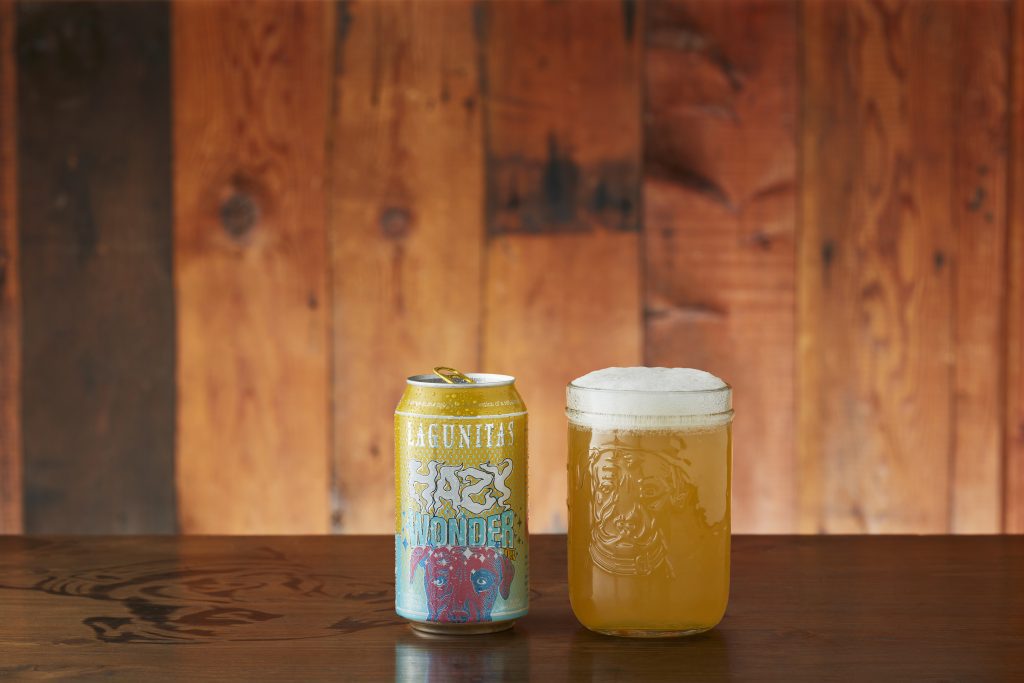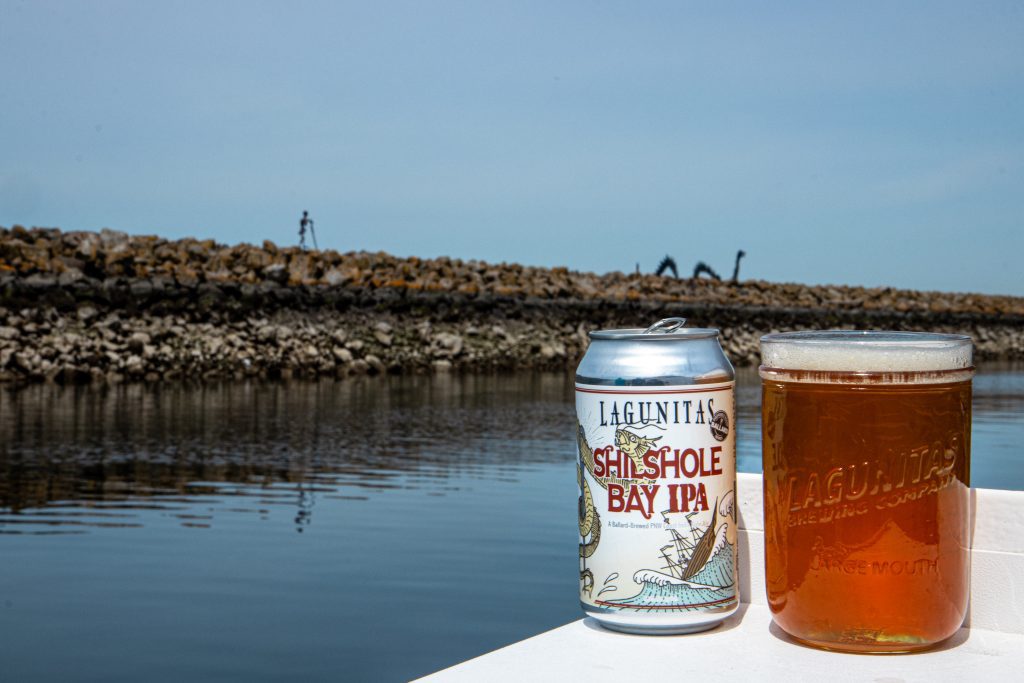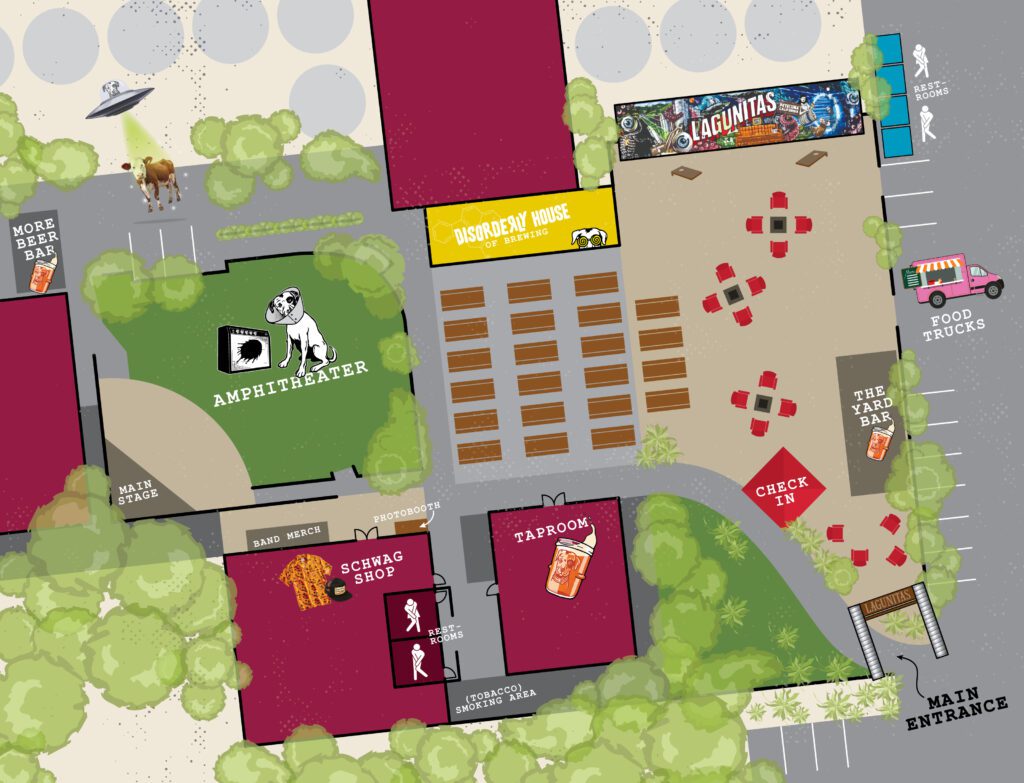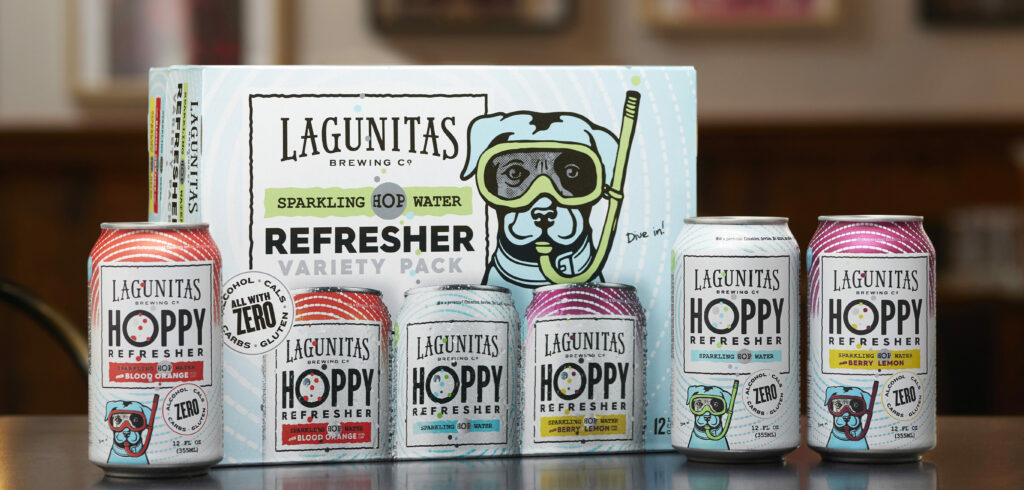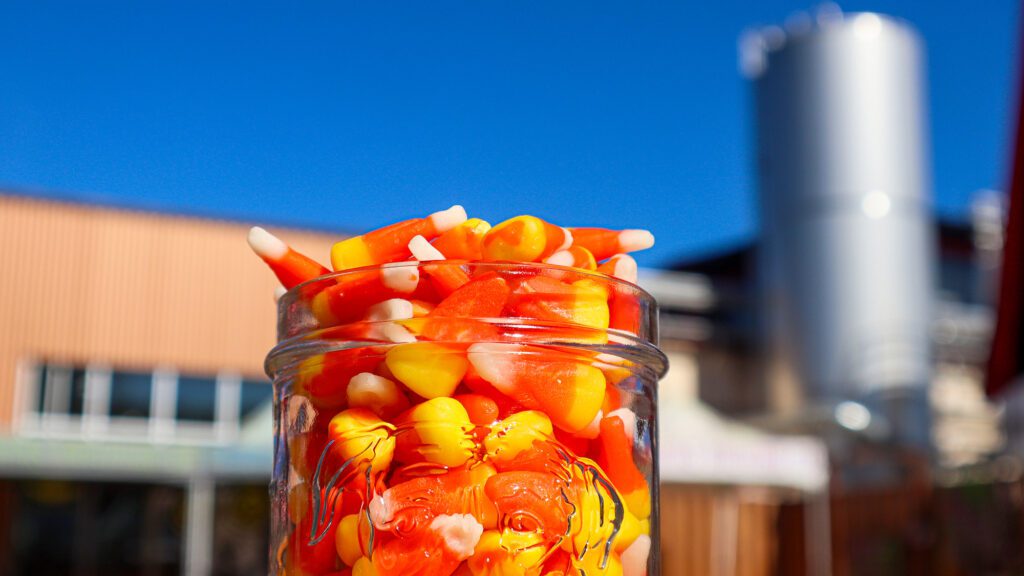By: Jeremy Marshall, BrewMonster
This is a story all about how my life got flipped-turned upside down. The world’s first IPA begins with an entrepreneur, who was lucky to have located his brewery business close to the East India Company, which was in the business of bringing exotic stuff back to the UK, and that meant the ships were a little light on the way there (plenty of room for beer). His name was Richard Hodgson and the brewery was called the Bow Brewery. Sadly, that brewery is gone and sitting in its place are some boring condos.
If we look at the individual letters, we know I is for India, P is for Pale and A is for Ale. So we say that this was a Pale Ale designed for export to the British troops stationed in India. The British are more known for their ales whilst the Germans are known for their lagers. The British also practice the important tradition of dry hopping a cask, or adding a handful of hops straight into the finished beer. It could be argued that this dry hopping with popular new hop varieties is essentially what makes all styles of modern IPA possible. There’s definitely some controversy over what the IPA’s of the Bow Brewery were like, and whether or not they weren’t actually just the same pale ales of the day, but the common thread supports the idea that extra hops and extra alcohol came to be associated, making the beer less likely to sour on the hot voyage, and only Belgians like sour beer, so the Brits definitely didn’t want that.
Who knows what these beers looked or tasted like? (It probably wasn’t good according to our standards of today). But, before we talk about West Coast IPAs and New England or Hazy IPAs, it seemed ok to talk a little bit about plain old IPA, which nerds can read all about on the internet or in books, such as “IPA, Brewing Techniques, Recipes and the Evolution of India Pale Ale,” gifted to me by Mitch Steele (thanks Mitch!).
Now, we’re not going to go down some pissing match wormhole of who “invented” or brewed the first West Coast IPA or NEIPA. We saw how that ended for 2Pac and Biggie. And like those mystical greats, the world is a better place with both of them and the countless scores they have influenced. It should be noted that much the way the Haze Bros hide the haze (and schlarf potential) in cans, brewers likely routinely served up soupy looking concoctions in the clay earthenware that predated the advent of glass. When glass was invented, brewers’ responded to the customers’ shudders and quickly perfected fining (sedimentation) and/or filtration. The Germans mastered crystal clear brilliant lagers and most of the technology used to create them. They passed laws against using fish to clarify their beers whereas the English were less sensitive. To this day, a proper English cask is often treated with isinglass finings, which is derived from the swim bladders of fish. The great Fritz Maytag— who rescued the Anchor Brewery in San Francisco— once exclaimed: “I will not put fish guts in my beer!” We mention Fritz because the journey of IPA that started in England did not immediately morph into the IPAs of today. Anchor brewed Liberty Ale in 1975 and it was dry hopped with Cascade hops. Early West Coast brewers gently built upon the concept represented in a beer like Liberty Ale, which was both hoppy and not hazy, but perhaps would not be considered an IPA by today’s standards (it certainly was in 1975).
Another legend of early IPA was Bert Grant with Bert Grant’s IPA in hop country itself (Yakima), in the early 80’s. This dude was famous for traveling with a vial of hop oil on his key chain so he could make a bland lager hoppy anywhere in the world. My kind of dude! Tony Magee did not release Lagunitas IPA until 1995, so much later, but he was a huge fan of Grant and Maytag. For an older but great article for supplemental reading, click here.
To be clear, there was something special happening in California. Vinnie Cirlurzo’s Inaugural Blind Pig in Temecula (1994) and Tomme Arthur and Jeff Bagby of the Pizza Port chain began crushing it with some early iterations of what a West Coast IPA should be: bitter, dry, balanced, intensely aromatic, resinous, never caramel or sweet and, most importantly, brilliantly clear in a glass.
Almost at the same time that West Coast IPA exploded in San Diego, this same style appeared in the Bay Area, but not by the internet as much as brewer osmosis. Brewers are notoriously slutty gypsies who love to get their hands on as many brewhouses as possible, even before collaborations were a thing. The West Coast IPA was born, and wasn’t necessarily filtered— that was up to the yeast strain, the brewer’s equipment and how much time they had.
Now, these brilliant and intensely resinous and grapefruity IPA’s always had one thing in common: choice of hops. In a way, the hop breeders are the Wizard of Oz, they are the true greats behind the curtain doing all the work; we lowly brewer scum would have nothing if not for them. We are talking about the “C” hops: Cascade, Centennial, Chinook and the unsuspecting King of Dank hop, Columbus, unsuspecting because this hop is a high alpha commodity hop not prized for its sulfury aroma, but the early adopters discovered that a perfectly timed harvest of Columbus did something no other hop could do to their IPAs.
Then, all a sudden, Simcoe and Amarillo busted onto the scene. Simcoe almost didn’t make it. Released in 2000, it was originally called YCR-14 and was bred to be a low co-humulone alpha hop. To brewers, that would mean good clean bitter if you boiled it. By about 2005, the farmers almost gave up on Simcoe, but the California brewers rescued it. We do owe Jason Perrault, 5th generation hop farmer and breeder, and Vinnie, for recognizing and saving Simcoe by keeping it in the ground until the time brewer interest would ignite. By 2006, brewers all up and down California discovered the power and range of Simcoe. Around this time, Lagunitas released its first official West Coast IPA as the second installment of the Zappa Series, called Kill Ugly Radio (2007, and should I be worried there are Untappd ratings for this beer??), which of course contained loads of Simcoe (and Amarillo). Brewers also discovered that early to middle picked Simcoe could be extremely grapefruity, doing things not possible with the “C” hops of the day; then late harvest goes full “cat piss” and “Yankie stank” or “sweaty” (term attributed to another hop breeder, Dr. Paul Matthews).
The super dank Amarillo became a very interesting and equally versatile counterpunch to Simcoe, and the two were often paired together along with the other hops mentioned and plenty not mentioned. The supply of these hops, the brewers, and their techniques flowed and migrated all up and down the population centers of the Western Wall, with West Coast IPA hubs establishing themselves in San Diego and the Bay Area. From there, they spread like butter on toast, west to east, and by mid-to-later 2000, they were everywhere, and particularly embraced by the Midwest. Well, almost everywhere The plains states and the southeast may have been the last places to embrace them (Oklahoma was the last state to legalize homebrewing, so…) but hey, the internet wasn’t inside everyone’s pocket just yet.
Nonetheless, brewers and their increasingly hop head customers continued the love affair with West Coast IPAs until….the Great Hop Shortage of 2007-2008, which dampened a lot of small brewers’ abilities to gain access to these popular hops. It’s fair to say that the supply constraints that began in 2008 largely persisted until around 2015, and along the way newer, even heavier hitting hops emerged and became popular in both West Coast IPAs and NEIPAs. Such hops include Citra (released in 2007 but starting to really gain in popularity in 2010) and Mosaic (released 2012 and immediately popular)… more on those later.
One good thing about the shortage was that it encouraged brewers to forward contract to guarantee supply, which then brought stability to the many farms. Farmers had been locked in cycles of boom and bust and would be punished by the world’s commodity buyers forever looking for cheaper and cheaper alpha. Craft’s emergence and desire for special aroma hops gave many farmers a way out of the cycle. The shortage also brought brewers face-to-face with farmers in a way that wasn’t happening before. These unique hops and their prized aromas also brought much needed capital investment to both the large farms of Yakima Valley and the smaller farms of New Zealand. Speaking of which, the relatively small land mass suitable for farming hops in the Southern Hemisphere, combined by endless demand for both IPA style brewers, has led to a perpetual shortage and/or high prices for the coveted Nelson Sauvin, Riwaka, Galaxy, etc.
This brings us to roughly the time of the first NEIPA, which, as promised, we won’t attempt a particular credit to a person or a brewery. Rather, we shall look at a time and place with a few notable shout outs. The important tenets of the style are threefold:
1) Use a yeast strain that either doesn’t settle out and/or tends to create a lot of turbidity, in conjunction with 2) the malt bill: typically features a lot of adjuncts (things that aren’t malted barley) and in particular: oats, unmalted wheat, malted wheat and any grains that promote a turbid wort (containing complex sugars like pentosan, beta-glucan, arabinoxylan, and be protein rich, etc.) and lastly. but most importantly 3) the hop bill is generally anything from nothing in the boil, to only whirlpool hops (so very low bitterness units) and crucially a heavy dry hop that can be multiple or, at the very least, one large one occurring during an active fermentation, in order to drive massive biotransformation of terpenes (yeast, meet terps; terps, meet yeast…kind of a theoretical science thing not believed by all brewers). The active fermentation dry hop is conducted for two purposes: the first is to promote tropical, citrus and orchard fruit compounds (versus the dank and resinous profile of a West Coast IPA), and also to impart a healthy load of polyphenols, which enhance haze potential.
In a strange way, the reason some of the old school (read “old”) brewers despise the “haze craze” is because it unteaches everything that a brewer trying to make what used to be considered a high quality beer of the past. Such dictums include limiting the amount of protein and polyphenols in the carefully selected raw materials, careful use of products and processes designed to stabilize the beer through further reduction of haze promoting proteins and tannins and this same type of “lager-centric” philosophy was embraced quite artfully by the West Coast IPA brewers. Also, as the early West Coast brewers went from glorified homebrew equipment and Frankensteined dairy tanks to real equipment, and their businesses began to generate real revenue (and the big guys began to finally take craft production seriously), the West Coast brewers invested in something they never had before: professional and right-sized filtration equipment. They were proud of what they had achieved, so remained leery of the NEIPA. However, if one views hazy through the historical lens of, say, a German Hefeweizen, then another perspective can be gleaned. Despite the fact a German hefe is not typically dry hopped, you do have the world’s most persnickety and best technical brewers already making a deliberately hazy beer for centuries and with precision. Thus, there is historical precedent: combine the essence of a German hefe with a West Coast IPA and you get a NEIPA…kind of. One thing worth mentioning is choosing to not filter a beer, and rather, to create a milieu where lots of hop compounds are welcome and literally floating suspended in the beer means yet another method to amplify the hop experience.
In the early days of West Coast IPA, the name of the game was often the most bitter beer possible and the most hops a brewer could shovel into the kettle, like a BU arms race. Similarly, in the early days of hazy, there was definitely a race towards either the most hops that one could dry hop with (hop burn anyone?) and/or the most sludgy looking beer possible (so many tales of brewers doing unscrupulous things to turn their hazies into an abominable porridge) and now that the style has matured, there are a lot of really nice beers out there. Ironically, when the vestiges of hazy were laid down in Vermont, often associated with Heady Topper, haze was not what the style was all about. Rather, they wanted a fruity, more yeast-driven, softer beer that did not pack in BU’s out the wazoo but also did not have to be crystal clear either, so long as it delivered that big and pleasant hop experience to the consumer. I’ve never met John Kimmich or Shaun Hill, but I have read they weren’t necessarily going for the hazy thing with the early Vermont adaptations of what would later become NEIPA. The internet kind of speeds things up, including the race towards hyperbole and absurdity, so within no time we had “Milkshake IPAs” (hazies with added lactose and fruit), glitter beers (look it up dude, it’s real), color changing beers (yes, it’s a thing), smoothie beers (kind of a milkshake, lactose optional with unfermented fruit puree, so therefore, a nice can grenade).
The hazy or NEIPA style is also often called “juicy” because the hop varieties used synergize with the yeast to make rich fruit characteristics: mango, passion fruit, orange, banana, pear, berries, citrus….really all of the fruits, but with none of the fruit. Similar characteristics can be found in West Coast IPA’s, but that neat haze takes it to a psychological level of regarding the beer as juice, hence the name. In fact both styles share more than the oft-polarized brewers who brew them; they share the hops of course (nearly all of them, there’s really no such thing as a hop only appropriate for one style and not the other) but also they share strong regionality and strong “drink fresh, drink it now” mentalities. California may have invented waiting in lines for a beer (before Instagram).
